
What is myositis?
Myositis is an inflammation of the muscles. Inflammatory types of myopathy involve usually the muscles that are the closest to the trunk, called proximal muscles. These muscle disorders include polymyositis, dermatomyositis and inclusion body myositis.
Myositis can be associated with inflammatory processes affecting other organs, such as joints, heart, lungs, intestines, and others. In dermatomyositis, the inflammation involves the skin as well.
In myositis, white blood cells, which are an important part of the body’s own immune system, start attacking muscles. The body creates antibodies that attack healthy cells and tissue all over the body. Normally, antibodies and lymphocytes or white blood cells solve inflammation and infection and fight whatever harmful agent might be damaging the healthy structures. In myositis, they basically turn against the healthy tissues, damaging muscle and skin.
Symptoms of myositis depend largely on the specific type of this disorder, but in most of them they include muscle pain and weakness, with achy joints and skin problems.
Treatment for myositis
The main recommendation for people who suffer from myositis, especially in the acute form, is to take plenty of rest and try to avoid excessive strain on any muscle group in the body. Of course, complete immobility is counterproductive, which is why it is necessary to do passive range-of-motion exercises, in which another person moves joints and muscles of the patient, in order to prevent joint stiffness and muscle wasting.
Physical therapy, under the supervision of a professional in that field, is also necessary. It prevents joint problems and possible muscle atrophy. Different types of exercise help strengthen the muscles and the heart as well, improve endurance and joint mobility.
As for the medication, the first-line treatment for any type of acute myositis consists of corticosteroids. Corticosteroids may bring relief almost instantly or gradually, over several weeks. For a great number of acute myositis patients this form of treatment provides at least partial recovery and in many of them the remission is permanent.
If a patient does not respond to corticosteroids, he or she may be given medications called DMARD or disease-modifying antirheumatic drugs, such as methotrexate or azathioprine. These usually start working after a month or two.
As for the skin lesions associated with some types of myositis, they can be treated with hydroxychloroquine. For dermatomyositis it is also recommended to avoid exposure to sun.
When other forms of treatment turn out to be ineffective, the patient may be given intravenous immunoglobulin.


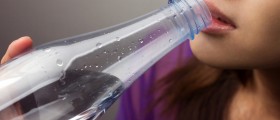
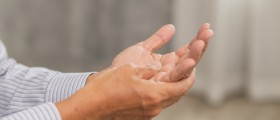
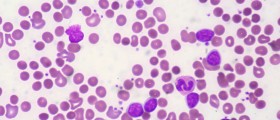

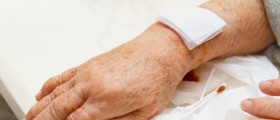



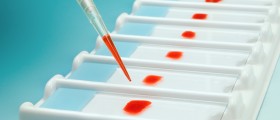
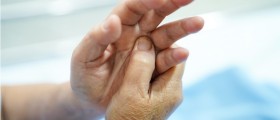
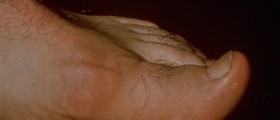
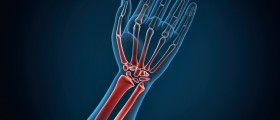
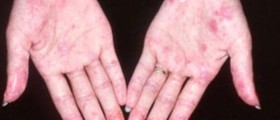

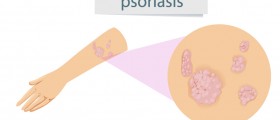
Your thoughts on this
Loading...